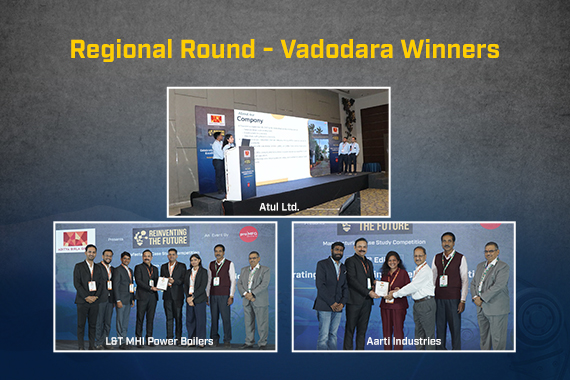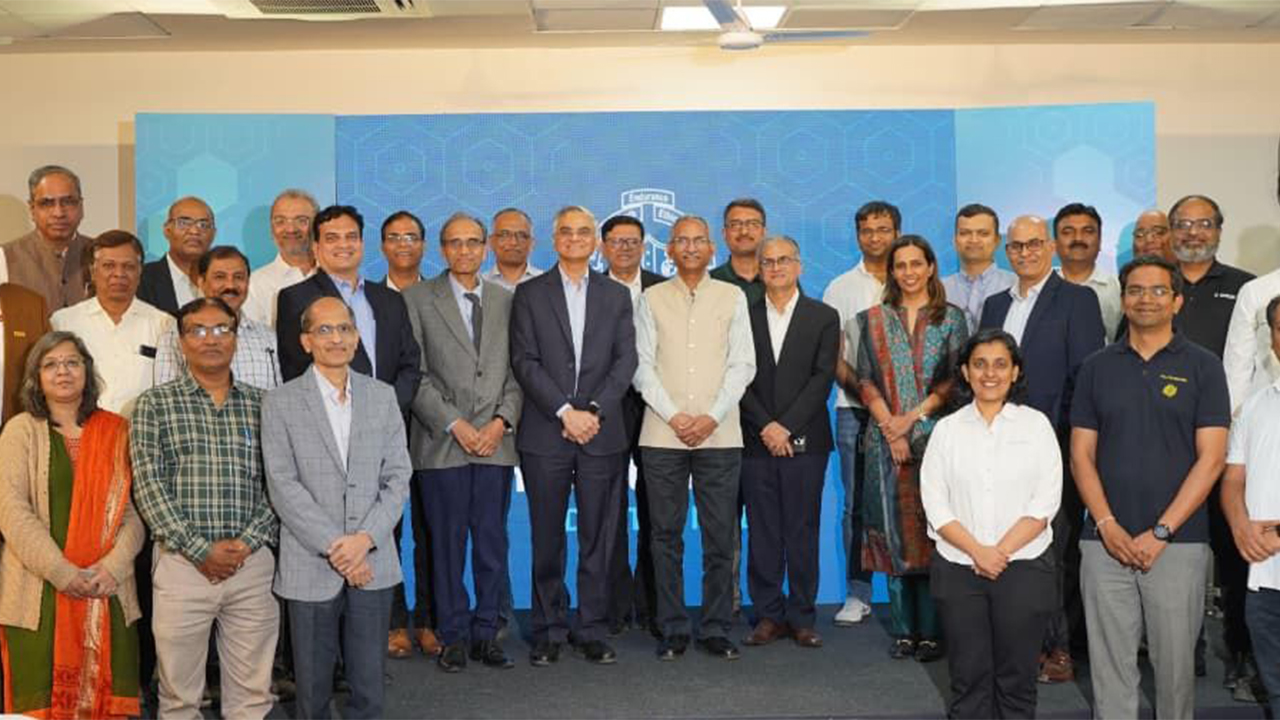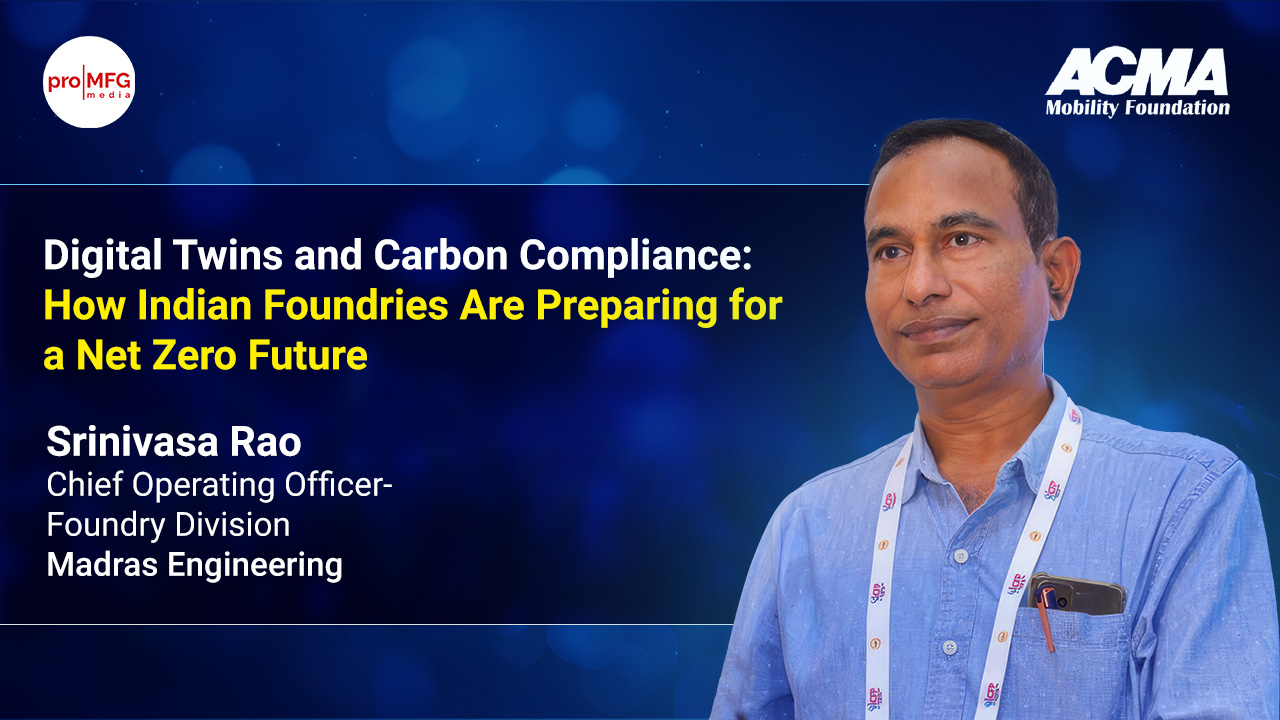Building Agile Businesses Through Digital Transformation- Leaders’ perspective
#DigitalTransformation #Hindalco #CISCO
The latest instalment of the CISCO Leadership Conversation Series witnessed Mr. Atanu Pramanic, Group CIO, Hindalco Industries and Mr. Shiva Kumar Y., Director (Enterprise Business) at CISCO as our esteemed speakers and the session was moderated by Mr. Pankaj Mittal, CEO, Digizen Consulting. Delivering the introductory address, Mr. Mittal spoke about the trying pandemic times that led to a complete shift in the work culture across the globe. He pointed out the need for an agile business framework and the necessary digital acceleration being adopted by organizations.
Responding to a question about the future of workplaces, Mr. Atanu Pramanic stated that the last few months of the pandemic have brought in a new normal which is changing every other day. And the new normal is going to play a very critical role in the way industries will work, especially in the core industries. The fact that people aren't able to meet each other in person has majorly impacted the way industries collect data, leading to major digitization efforts. Even simple digitization technologies like digital signatures, documenting, etc which were earlier struggling to be accepted as the normal, have now become the obvious. The pandemic has immensely accelerated the very pace of digitization across organizations, if not more, he added.
IT strategies for remote work
Shedding light on the impact of the ongoing remote working culture on the IT strategies, Mr. Shiva Kumar Y. reiterated that the pandemic has hugely accelerated the pace of digitization across industries. However, what lies at the core of this is the continuous shift in technology in terms of remote connectivity, workload, devices and most important, user engagement. For B2B enterprises, it became inevitable to ensure that the new users worked efficiently from home, could connect their devices seamlessly and enhance customer experience. Based on these factors, the IT strategy is defined by organizations which in turn help the C-level executives to pursue the change.
Sharing his views on the roadmap to create agile businesses in terms of user experience, innovation and meet the future user demands, Mr. Pramanic said that secure access from anywhere, any device, has become a necessity. In fact, the second phase of the pandemic has led to the platformization of applications. That is, users are now looking for one platform to access multiple applications, he added.
Need for collaboration and platformization
Underlining the increasing need for collaboration across application and platformization, Mr. Shivakumar stressed on the security aspect of digitization across industries. He added that it is important to ensure seamlessness across user experience and infrastructure, which is a challenge before the enterprises in the current times.
On the other hand, security-led trust issues among users working remotely is a growing concern in these times, added Mr. Pramanic. Given that everyone is working from their own places with varying internet connectivity and bandwidth, it is difficult to ensure secure access to applications due to lack of trust as opposed to certain popular applications.
Summarizing the roundtable, Mr. Shiva Kumar stressed upon the fact that organizations must be able strike the right balance between uncompromised security and absolutely no latency across the applications in order to ensure a flawless user experience. In order to achieve this, organizations need to look at these aspects holistically and not in silos. As an enterprise, one must look at security as an architecture, right from the users to the infrastructure and the application to ensure a seamless experience. It is extremely essential to attain full stack visibility across the application lifecycle so as to stay proactive in addressing the challenges within the entire application landscape, since a seamless experience within the application has a direct impact on the business front, he emphasized.
NEWSLETTER
TRENDING ON PRO MFG
MORE FROM THE SECTION









